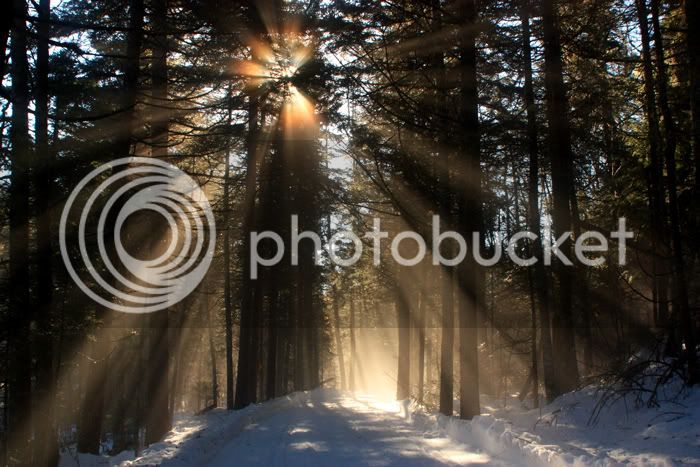forestgnome
New member
Since these aren't seen everday I really had no idea how to shoot, other than check the screen and try a few different settings. How would you approach this scene? The warm sun on the snow made the fog, so maybe we can all anticipate this on warm, sunny days in the winter woods.


Actually, is there more to the conditions that create the fog, such as humidity level,etc? I noticed it would build up, then dissapate, then build up again. DougPaul?


Actually, is there more to the conditions that create the fog, such as humidity level,etc? I noticed it would build up, then dissapate, then build up again. DougPaul?
Last edited:
